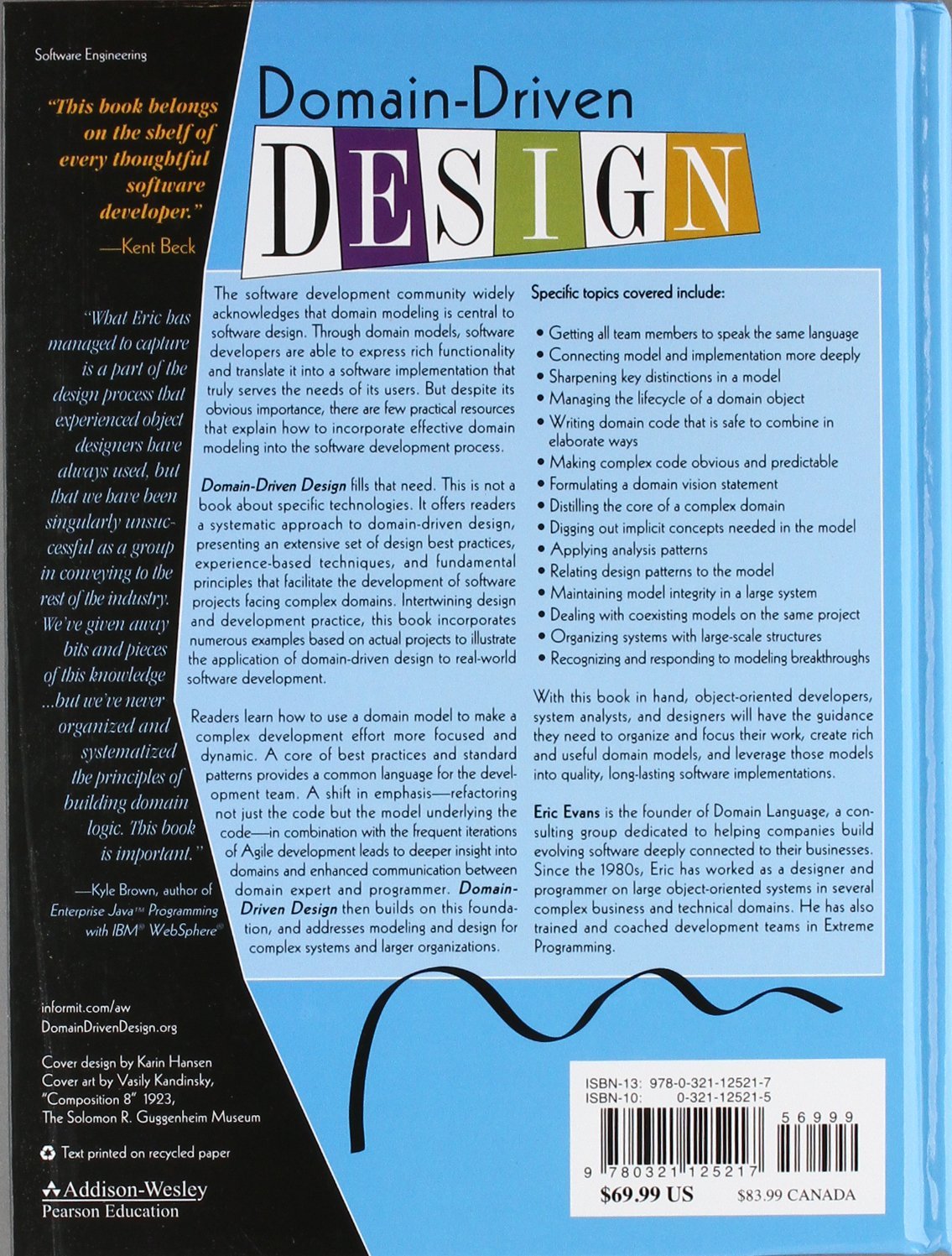If you’re looking to improve your software design skills and tackle complexity head-on, “Domain-Driven Design: Tackling Complexity in the Heart of Software 1st Edition” is the book for you. Authored by Eric Evans, this comprehensive guide provides a framework for creating high-quality software that aligns with business goals. With practical examples and insightful advice, you’ll learn how to effectively capture and incorporate domain knowledge into your development process. Whether you’re a seasoned software developer or just starting out, this book will help you build robust, maintainable applications that truly meet the needs of your users. Can Domain-Driven Design actually help you tackle complexity in software development? Let’s take a deep dive into the 1st Edition of the book and find out!
Overview of Domain-Driven Design
If you’re looking to improve your software development process and create more maintainable and scalable applications, Domain-Driven Design (DDD) might just be the answer you’re looking for. This book dives into the core concepts and principles of DDD, helping you understand how to break down complex systems into manageable domains.
Understand the Core Concepts
The first edition of “Domain-Driven Design” does an excellent job of explaining the core concepts of DDD in an easy-to-understand manner. From domain models to ubiquitous language, you’ll learn how to effectively communicate with domain experts and stakeholders to ensure your software aligns with their needs and expectations.
Practical Application
One of the standout features of this book is its focus on practical application. With real-world examples and case studies, you’ll see how DDD can be implemented in various scenarios to solve complex problems and improve the overall quality of your software.
This image is property of Amazon.com.
Structure of the Book
When it comes to technical books, the structure plays a crucial role in your overall understanding and retention of the material. Let’s break down the structure of the first edition of “Domain-Driven Design” to see how well it’s organized.
Part I: Putting the Domain Model to Work
The first part of the book sets the foundation for understanding domain models and their importance in software development. You’ll learn how to identify core domain logic and create a cohesive model that drives the design of your application.
Part II: The Building Blocks of a Model-Driven Design
In this section, you’ll explore the building blocks of DDD, including aggregates, entities, value objects, repositories, and more. Each chapter is filled with practical examples and insights that will help you grasp these fundamental concepts and apply them to your own projects.
Part III: Refactoring Toward Deeper Insight
Refactoring is a critical aspect of software development, and DDD emphasizes the importance of continuously improving your domain model. This section delves into techniques for refactoring your codebase to achieve deeper insights into your domain and enhance the overall quality of your software.
This image is property of Amazon.com.
Key Takeaways
After delving into the first edition of “Domain-Driven Design,” here are some key takeaways that you can apply to your own software projects:
| Key Takeaway | Description |
|---|---|
| Domain-Driven Design is all about tackling complexity | By focusing on domain models and ubiquitous language, you can simplify complex systems and create more maintainable code |
| Practical examples and case studies are invaluable | Real-world examples help solidify your understanding of DDD concepts and show you how to apply them in practice |
| Refactoring is essential for continuous improvement | Constantly refining your domain model through refactoring is key to uncovering deeper insights and enhancing your software |
In conclusion, “Domain-Driven Design: Tackling Complexity in the Heart of Software 1st Edition” is a must-read for any software developer looking to elevate their skills and create more robust applications. Whether you’re new to DDD or looking to deepen your understanding of the principles, this book has something valuable to offer. So why wait? Dive in and start transforming your software development process today!
Disclosure: As an Amazon Associate, I earn from qualifying purchases.




